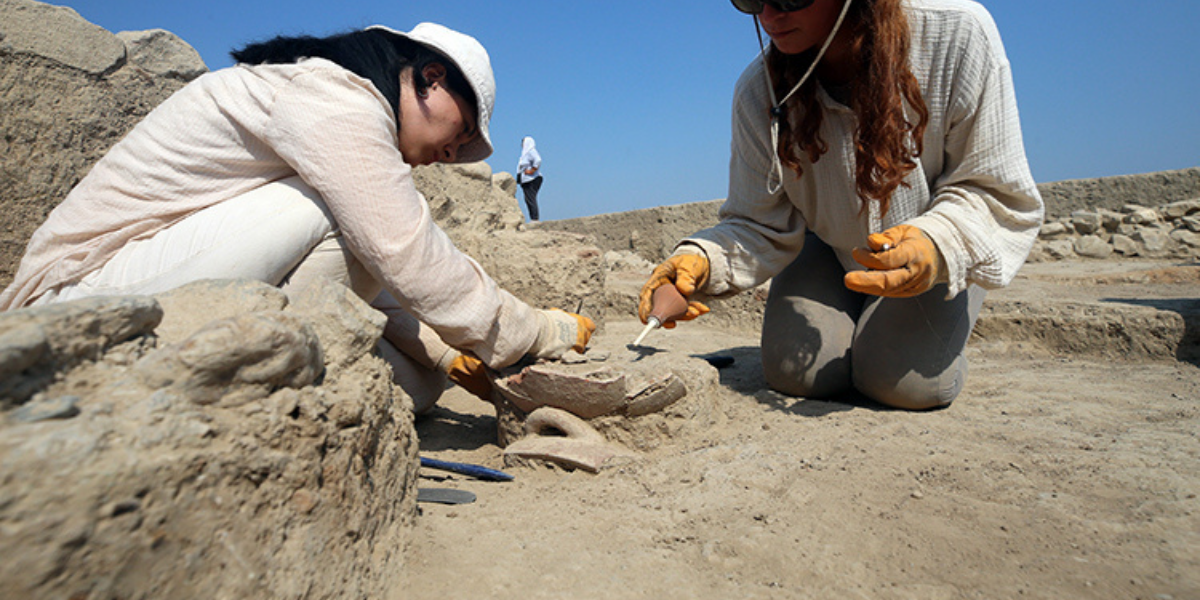
3,500-year-old mussel shells have found, some mussels are still closed
Archaeologists found 3,500-year-old mussel shells, some of them closed, in jars in the storage room of a public space unearthed at Tepecik Mound (Tepecik Höyük).
Tepecik Mound is located in the Çine district of Aydın province. The layers in the mound show that there was an uninterrupted settlement in the region from the Chalcolithic Age to the Roman Period.
A strong defense system from the Late Bronze Age was unearthed on the mound.
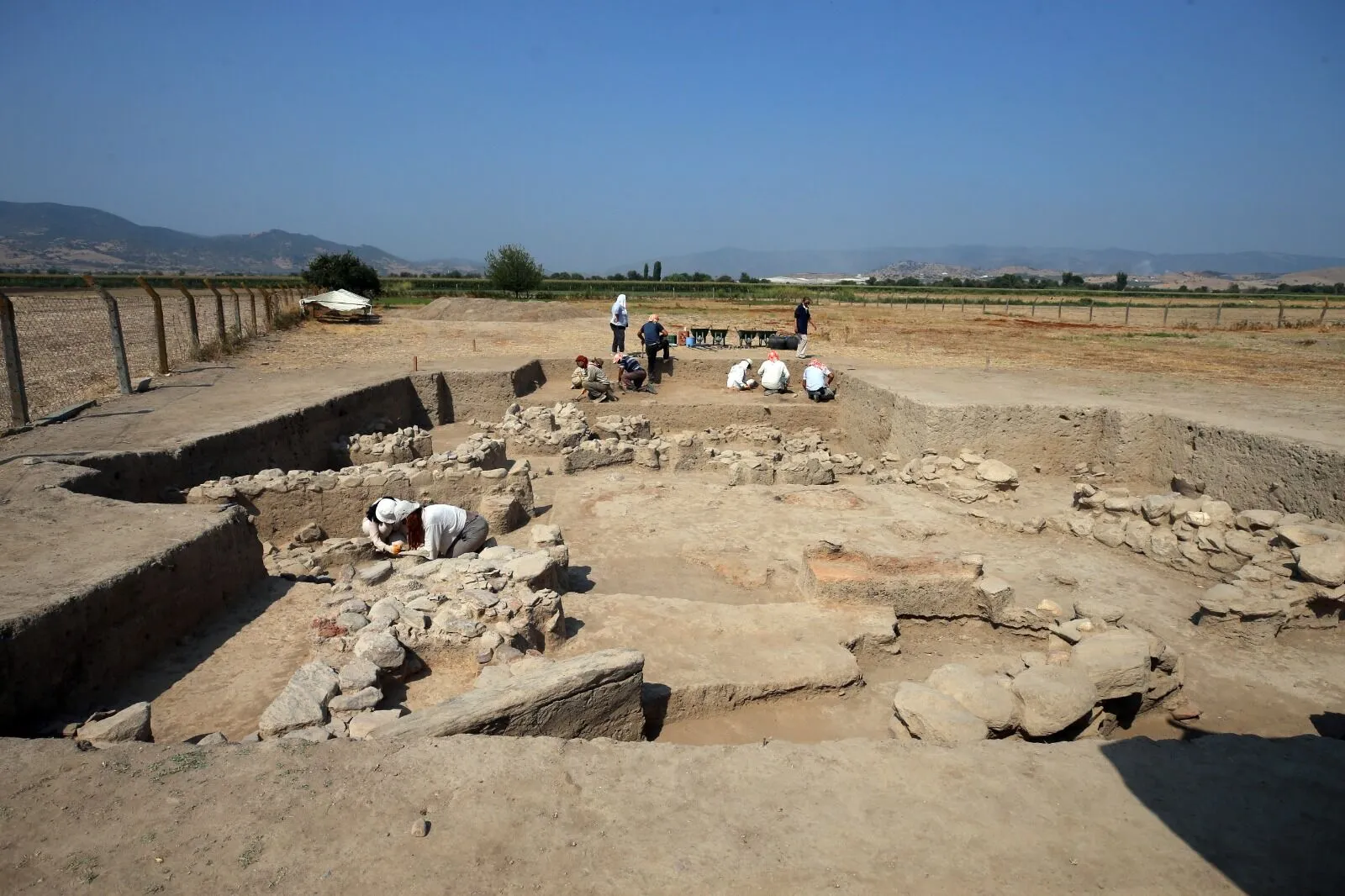
The excavations started in 2004 at Tepecik Mound are being carried out under the direction of Prof. Dr. Sevinç Günel, a faculty member of Hacettepe University Archaeology Department.
📣 Our WhatsApp channel is now LIVE! Stay up-to-date with the latest news and updates, just click here to follow us on WhatsApp and never miss a thing!!
In Tepecik, one of the earliest settlements in Western Anatolia, a palace-like structure and grain pots, 3 towers, a room with items used by the rulers of the period for gifts during official visits and a furnace have been unearthed so far.
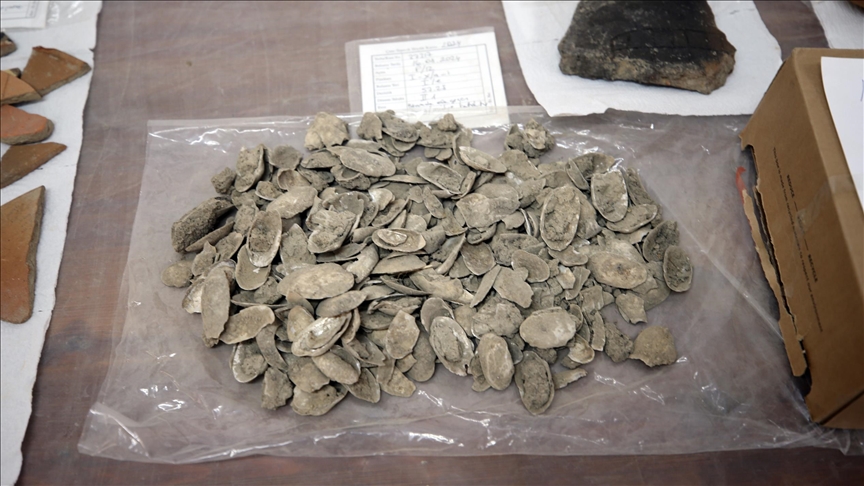
Many remains, including obsidian, which was used in tool making at that time, were also found during the studies.
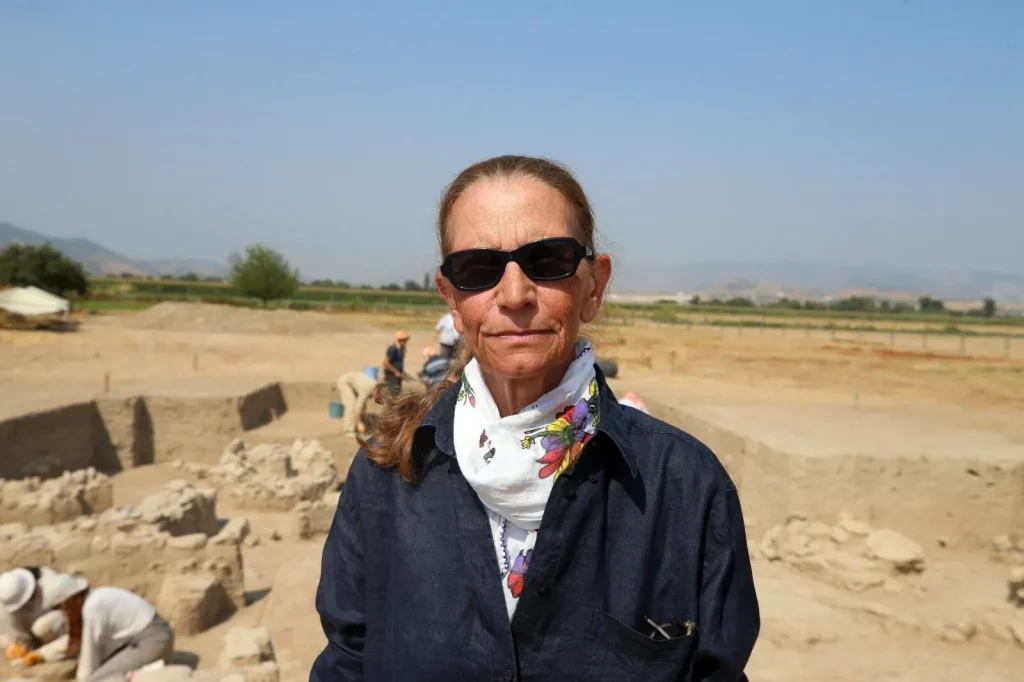
Prof. Dr. Sevinç Günel said, “In the 2024 excavation season, we uncovered cultural layers belonging to the Late Bronze Age, 3,500 years ago. We also found a public space structure belonging to one of the rulers of the period.”
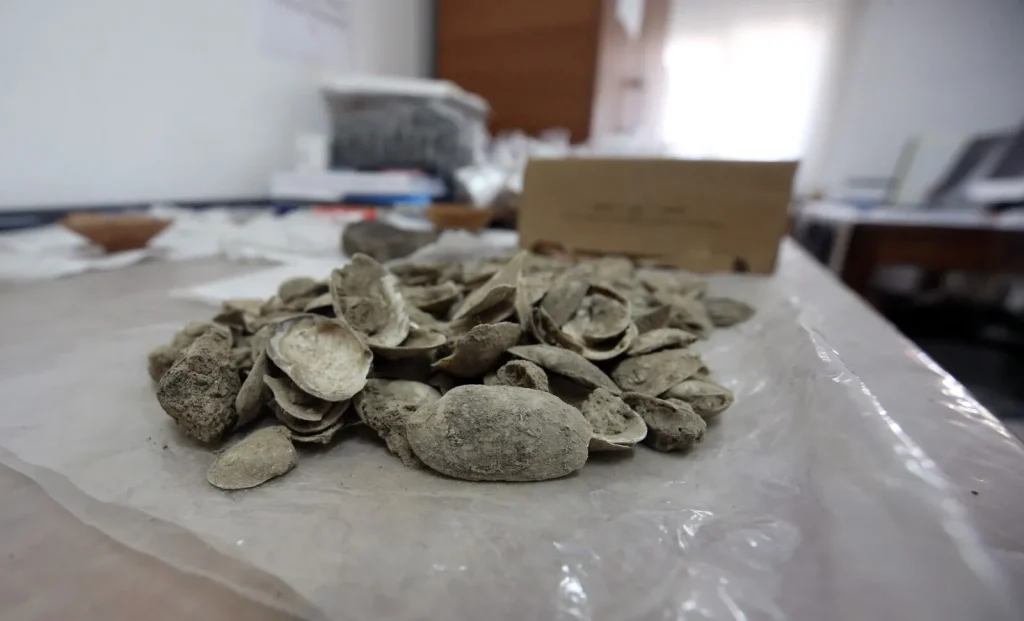
“We are currently working in a public building, the storage unit of the building belonging to the ruler of this city.”
Günel said that they found mussel shells, some of them closed, densely packed together in the jar found at the partially exposed point and added, “We knew that mussels were consumed in the Bronze Ages and prehistoric periods before that. It takes its place in the tradition of consumption material, that is, food and nutrition. In this respect, finding them in bulk both supported our knowledge and provided us with clearer information.”
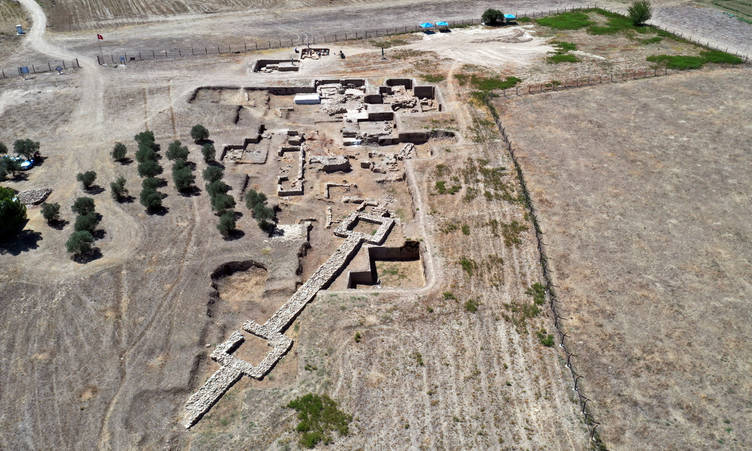
The Bronze Age name of Tepecik Mound is not yet known. Hittite sources are being researched to find the real name of the settlement.
Cover Photo: Enes Uzun/AA
You may also like
- A 1700-year-old statue of Pan unearthed during the excavations at Polyeuktos in İstanbul
- The granary was found in the ancient city of Sebaste, founded by the first Roman emperor Augustus
- Donalar Kale Kapı Rock Tomb or Donalar Rock Tomb
- Theater emerges as works continue in ancient city of Perinthos
- Urartian King Argishti’s bronze shield revealed the name of an unknown country
- The religious center of Lycia, the ancient city of Letoon
- Who were the Luwians?
- A new study brings a fresh perspective on the Anatolian origin of the Indo-European languages
- Perhaps the oldest thermal treatment center in the world, which has been in continuous use for 2000 years -Basilica Therma Roman Bath or King’s Daughter-
- The largest synagogue of the ancient world, located in the ancient city of Sardis, is being restored











Leave a Reply